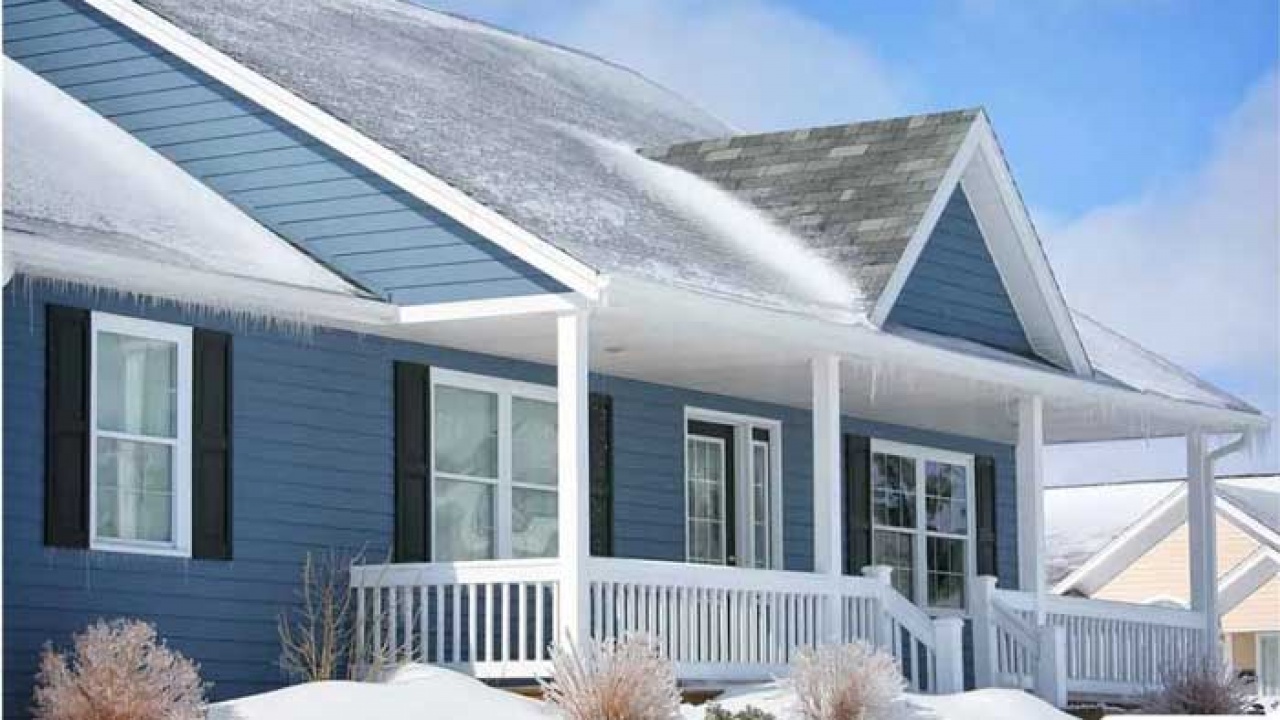It is only seldom that the winter weather is friendly to residential homes and buildings. Out of all a home’s structure, the roof is particularly vulnerable to weather conditions—it is not just snow, but also high wind, falling branches, and ice.
Residential homes scattered across the Northeast, Upper Midwest, and the Great Plains typically experience winter roofing issues. Nonetheless, most homeowners overlook the value of roofing maintenance until the last minute.
Allowing roofing problems to accumulate means spending so much on repairs and replacements that could have been prevented in the first place. Besides, experts recommend roofing checking and maintenance twice a year, either by yourself or with a roofing contractor, to ensure that your roof will last longer.
With that in mind, here are some common winter roofing problems that you need to address before winter starts.
1. Strong Winds
Among the typical roofing problems during winter, the number one on the list is strong winds and severe weather. During snowstorms, the strong winter winds can pull up or rip off shingles on your roof. This can cause damage to the flashing, leading to moisture buildup on your roof vents.
However, there is not so much you can do about strong winds and severe weather. They are natural forces of nature. The most practical course of action is to anticipate these acts of nature. This means conducting an annual check of the shingles and immediately replacing cracked, chipped, or broken ones.
2. Nearby Trees
The next one on the list is nearby trees on the house.
Trees surrounding your house may seem picturesque during the summer months. It keeps the house cool and breezy, thanks to its shade. However, they could spell trouble come winter.
During inclement weather, the tree limbs can scrape the surfaces of the shingles and even pull shingles up, exposing your roof to moisture. Heavy tree branches can fall off, causing severe damage to your roof.
If you have trees surrounding your house, it is advisable to trim them before winter hits. Remove weak and damaged branches near your home as well. They can easily snap and fall on your roof if they can no longer hold the weight of ice and snow settling on them.
3. Flashing Leaks
The third one on the list is leaky flashings. But what are flashings?
Roof flashings are those aluminum or metal strips that are placed around the chimney, skylights, vents, pipes on the front edge, ridges, and corners of your roof. It works as a bridge between the roofing materials and subsurfaces of your roof to prevent moisture.
Caulking is usually done to seal and keep the flashings in place. However, over time, rood flashings would need recaulking.
Leaky flashing during winter happens because of how ice and snow freeze and thaw throughout the season. Even a tiny crack on your flashing can cause severe damage to your roof if it is not addressed immediately.
4. Ice Dams
The fourth common winter roofing problem is ice dam formation. Ice dams form due to changes in temperature during winter.
To illustrate, imagine your roof completely covered in snow at night. When morning comes, the temperature rises, causing the top part of your roof to warm up, melting the snow accumulated on that portion.
However, the lower part of your roof remains below freezing point. Thus, melted snow from the top portion of your roof runs to the lower portion and eventually freezes. This becomes ice dams, putting weight on your gutters.
The best way to prevent ice dam formation is to ventilate and increase the insulation of your roof.
5. Icicles
The fifth most common roofing problem during winter is icicle formations.
While they seem decorative during winter and give off holiday vibes, icicles can be dangerous for people and animals. If they break off, it can fall on anyone causing injury, or worse, death. Not to mention, icicles can cause severe damage to your gutters.
Nonetheless, same with ice dam formations, icicles can be prevented by ensuring proper ventilation and insulation of your roof. Gutters should also be cleared of any leaves and debris during autumn to avoid any obstruction.
6. Critters
The least obvious roofing concern during winter is critters.
Since the winter weather is not kind to anyone, it is natural for rats and squirrels to find a warm shelter from the cold. Any gaps and holes big enough is an open invitation to these creatures to make a home in your attic.
Never overlook even the smallest of the gap since they can constantly gnaw their way in. Thus, before fall ends, make sure your roof is free of any openings.
Your roof is one of the most important structures of your home. Make sure it remains in good condition all year round.


